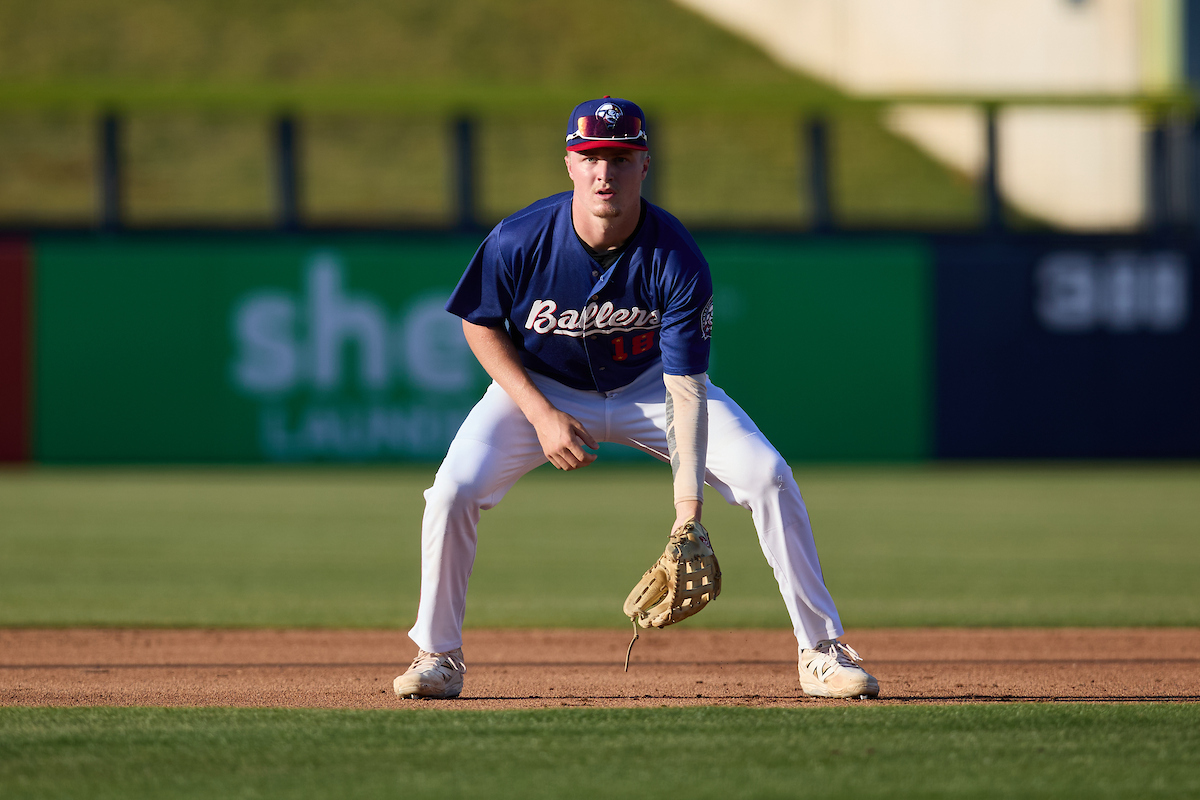Whether it's because the rest of his arsenal was rusty, or the desert air sapped every breaking ball that wasn't his best, Garrett Crochet didn't have much beyond a fastball in spring training. There was no cause for emergency because both Cactus League stats and looks can mislead. It just made it hard to visualize how he might survive three trips through a lineup.
Crochet only needed one batter to better represent the big idea.
He started his outstanding six innings on Thursday afternoon by striking out Andy Ibáñez on four pitches, including a slider for a strike that Ibánez chopped foul to fall behind 1-2, followed by a nasty back-foot slider that Ibánez couldn't touch for the punchout.
That only counts as two different pitches on Statcast, but that's three different pitches in terms of purpose, which is the same kind of slider management that allowed Carlos Rodón to regard his third pitch like an MG convertible. He could take his changeup for a spin when it was nice out, as long as he didn't take it where it'd suck to be stranded.
Rodón's name has come up before with regards to Crochet's conversion, in the sense that Rodón's two lost years required the Sox to manage him carefully in 2021. They didn't put hard caps on his workload, but they also couldn't assume that he could throw 100 pitches every five to six days and finish the season as strong as he started it. Sure enough, he started wearing down in the second half, and he needed another season -- on a far more lucrative prove-it deal with the Giants -- to show that he could post 30 times.
Rodón's also instructive for how Crochet might develop his arsenal -- or not develop his arsenal, in any meaningful sense.
Crochet threw 87 pitches, and the percentages resembled Rodón's typical distribution:
- 40 fastballs (46 percent)
- 36 sliders (41.4)
- 7 cutters (8)
- 4 changeups (4.6)
The latter two pitches had reasons to be thrown sparingly. Three of the four changeups missed badly, Ibánez lined the only strike into center field. The cutters all crossed the middle of the plate, and the most useful one might've been the one where Crochet landed funny. Matt Vierling fouled it back, and it set up Crochet to throw a 97 mph dart on the inside corner for strike three.
As long as Crochet is setting the agenda with the fastball and showing an ability to back-door the slider once in a while -- a skill that arrived for Crochet the second time through the order -- leaning too heavily on anything else runs the risk of being too clever by half.
Take Crochet's battles with Mark Canha. Canha was the only Tiger who made Crochet labor during the afternoon. He saw seven pitches each time up, while the other eight Tigers averaged only 3.3 pitches a trip. Being a credible right-handed hitter with an understanding of the strike zone and a willingness to take one for the team, it should've been the situation that most required Crochet to deviate from his standard plan of attack.
And yet 20 of his 21 pitches were fastballs or sliders, with a(n) (a)stray changeup the lone exception. He struck out Canha twice, and he would've recorded the hat trick had Brian O'Nora called a perfect 1-2 slider correctly in the sixth. Crochet instead had to throw two more pitches and settle for a groundout to third.
Detroit's lineup is longer on intrigue but still shorter on accomplishments, so it provided a forgiving opponent for Crochet's pilot episode. He built favorable counts, maintained his velocity, and his ability to put the Tigers offense on the defensive made it easier to get away with the handful of mistakes any pitcher will make over the course of six innings. Consequently, he didn't throw more than 20 pitches in an inning.
That means that we still have yet to see what Crochet looks like against an offense that's primed to turn around with his fastball with more authority, or how he rebounds when two consecutive innings turn into protracted slogs. As long as the offense has an excess of No. 9 hitters, anything requiring close watching will be welcome, good or bad. But since the bad is likely to overwhelm the good,. there's also no rush to find out. If Crochet wants to turn convention on its head and say the rotation is a home for failed relievers, nobody should get in his way.





